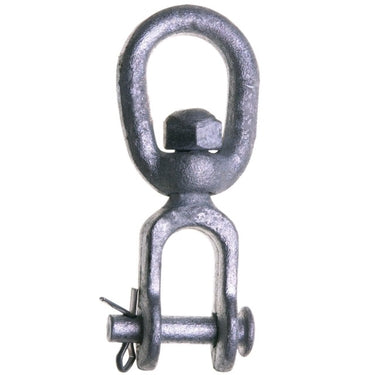
What Is Alloy Steel?
*This is the third in a four-part series about steel used in rigging supplies and rigging hardware. Alloy steel refers to any steel that is combined with a variety of metals or minerals into alloys to make it stronger or better. While technically all steel is an alloy, including carbon steel, when someone refers to alloy steel, they are referring to a very specific type of combination or process.
While the other metals or ingredients can vary from one blend to another, the most common element that is mixed with the steel is manganese. This is a blend that is popular because of its ability to remain sturdy but also allows the steel to be worked, molded, and used for a variety of applications.
Is manganese the only blend used?
No. When it comes to steel, chromium, for example, is the most common mixture that is used to make stainless steel. Obviously, zinc is applied to steel in a variety of ways, and copper, titanium, and lead are just a few of the other common alloy elements that are used to both increase strength and to help fight the brittleness that many types of untreated steel display.
The actual properties of the steel alloys will vary greatly depending on what mixture is used. Some may cause the steel to be much more malleable, others make it more resistant to saltwater and coastal environments, while other combinations may be going for pure strength.
So what’s the big difference between alloy steel and carbon steel?
- Carbon steel must have additional protection against rust, whereas alloy steel can create steel that is resistant to rust and corrosion without any further help or galvanization.
- Carbon steel is less expensive and is designed more with the percentage of carbon in mind and not so much for specific properties or use, whereas alloy blends are distinctly looked at to meet specific mechanical properties with an eye to practical use.
- Carbon steel will also be more limited by its very nature, whereas a nearly endless series of combinations for creating a steel alloy means a wide range of specific applications can be met.

